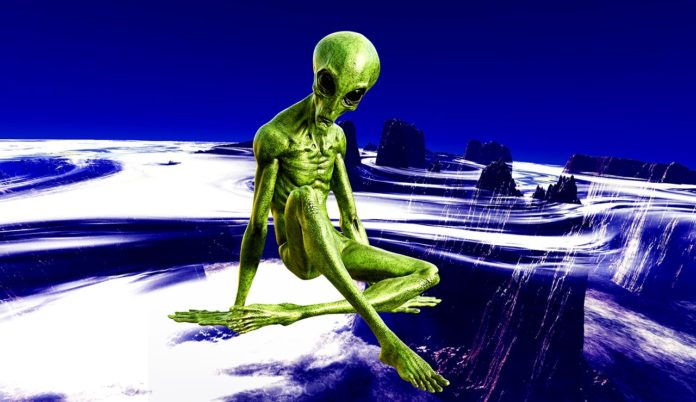
Citizen scientists discovered a new type of planet that is between a mini-Neptune and a super-Earth. The scientists discovered it using data from a NASA Telescope. Even more, Harvard’s Abraham Loeb co-authored an unrelated paper that suggests that this planet might receive enough energy to support life, a.k.a. aliens.
Citizen Scientists Discover K2-288Bb
The planet is K2-288Bb, and it is 226 light years away from Earth. This planet is about 1.9 times the size of Earth. It is a rarely seen type of planet, because it falls in a category of planets that are between 1.5 and 2 times the size of Earth. This size range’s name is the Fulton Gap.
Citizen scientists who are part of Zooniverse’s Exoplanet Explorers marked this as the third planetary system that they found. They were able to use NASA’s Kepler Space Telescope data to hunt for new exoplanets. Though the telescope ceased operations, these scientists and others are constantly on the prowl.
K2-288Bb Might Support Aliens
What is interesting about this planet is that it is in the “Goldilocks zone” around its star. In this range, liquid water might exist. Even more, the planet is in a binary star system, where any aliens existing on it might have the light of two suns. But, the planet might not be too hot, as it orbits the dimmer of the two cool M dwarf stars.
According to a paper by Harvard’s Abraham Loeb as a co-author, the planet might have enough energy to support life. That is, if it is not getting too many solar flares that are preventing life. The paper concludes that low-mass M dwarfs have to be at least one fifth as massive as our sun to be able to support photosynthesis. If this occurs, there can potentially be oxygen and a life-supporting biosphere on any orbiting planets.
The star that orbits K2-288Bb has a mass that is about one-third of our sun’s. Thus, its star might be capable of sustaining life productivity on the same level as that on Earth.
It is too early to know what this planet is exactly like. It can be a rocky planet, or it can be a gaseous planet. We are sure that as technology gets better, we will be able to find out.


























